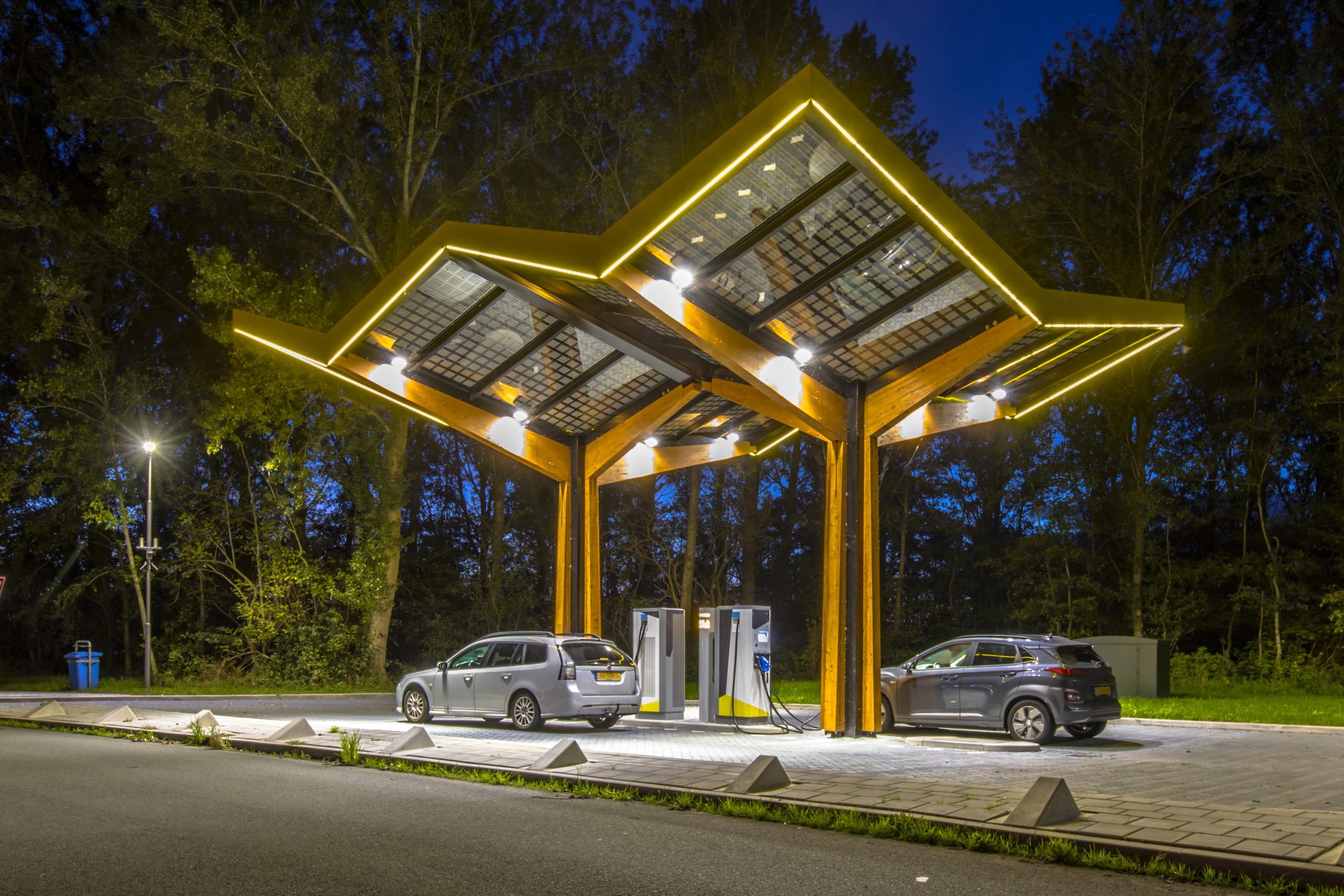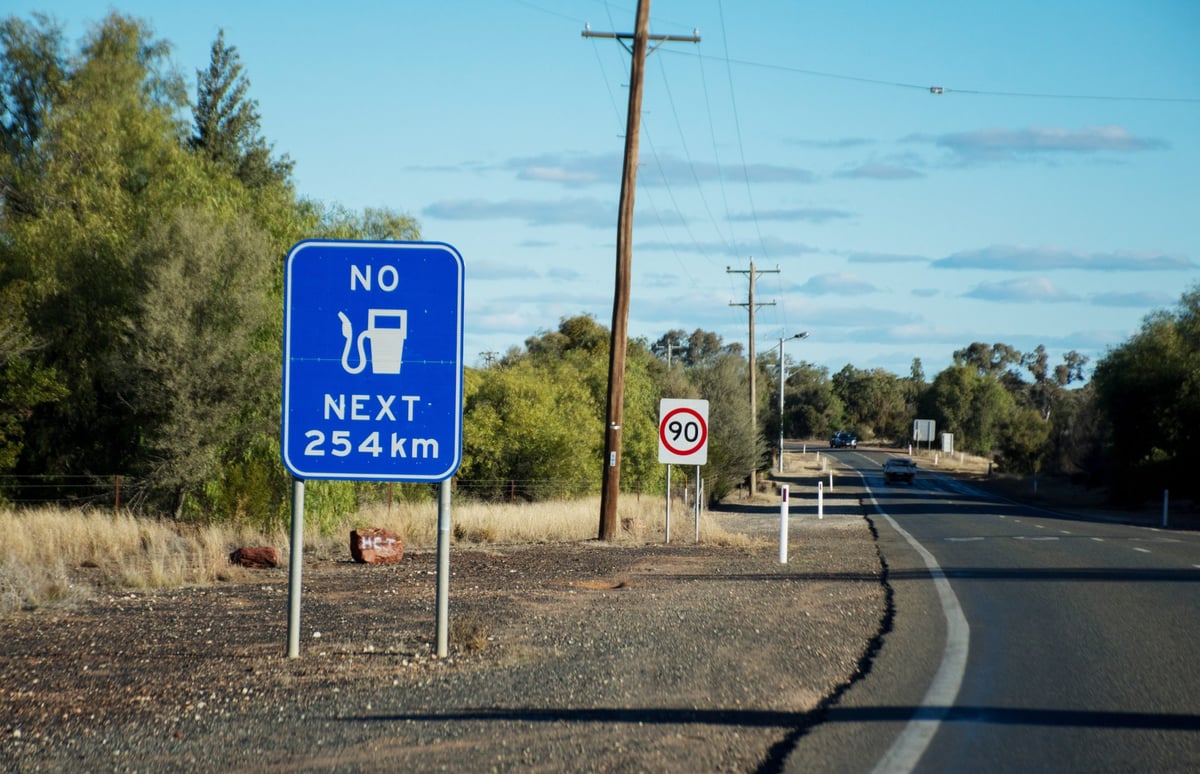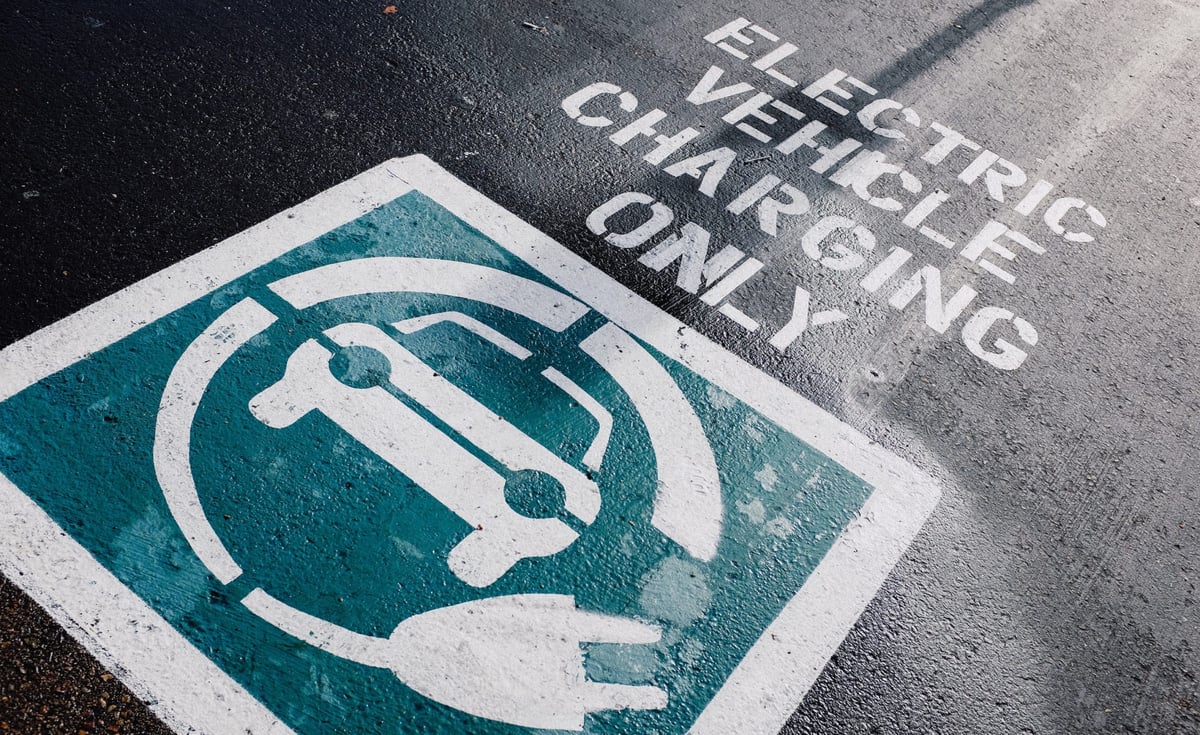If there’s one lesson the past few years has taught us, it’s that fact-checking is more important than ever. From cringeworthy conspiracy theories to malicious misinformation, there’s rarely a day that goes by where we aren’t bombarded with some form of bias-driven nonsense. It’s strange because many assumed the internet would accelerate critical thinking and peer-reviewed science, but rarely does the truthful cream rise to the focal top of our social media feeds.
The electric vehicle industry isn’t immune to such falsities. We’ve heard fake claims about battery range, seen doctored videos of spontaneously combusting Teslas, and even read ‘reports’ that EVs are less sustainable than our combustion-based brethren. But rather than yelling past each other, we thought we’d sit everyone down, have a cup of tea, leave our biases at the door, and debunk some of the most common EV myths about the electric car industry.
Myth 1: Electric Vehicles are more harmful to the environment
“They produce way more CO2″… “Manufacturing EVs is worse for the planet than petrol vehicles”…
You’ve probably heard these thoughts from the resident petrol-head in your office. Yes, they raise some good conversation, but the claims usually don’t have too much substance, and ultimately fall short under scrutiny.
While it’s true that if you charge your electric vehicle with coal-fuelled electricity your CO2 emissions don’t look too clean, you still come out ahead of internal combustion engine vehicles when it comes to being sustainable in the long run. Furthermore, many EV charge points are powered from sustainable sources such as solar, and with the cost of renewables dropping, this argument is getting weaker by the day.
Similarly, producing an electric vehicle isn’t completely guilt-free at the moment, but that doesn’t mean you should let perfect be the enemy of the good. The production of batteries is quite resource-intensive (approximately 30% to 40% extra in production emissions over petrol cars), but due to the nature of electric vehicles, these emissions pay for themselves quite quickly. While quite complicated to quantify, this is why it’s important to look at EVs holistically, as opposed to one single aspect of their production.
Many EV manufacturers are committing to more sustainable practices, with BMW going as far as committing to battery recycling, renewable energy-powered factories, and ultimately a climate-neutral business model spanning the entire value chain by 2050 (which isn’t that far away when you really think about it).

Myth 2: Only Tesla makes electric cars
When your average Joe thinks of electric cars, they think of Tesla. For sure, Elon Musk’s baby is undeniably responsible for kick-starting the electric car revolution, but that doesn’t mean they are the only player at the table.
The EV industry has come a long way since the first Tesla Roadster in 2008, and the list is only going to get longer. In fact, by the end of 2022, this is how many EV models each manufacturer will have on offer in Australia:
- BMW/MINI: 10
- BYD: 8
- Mercedes-Benz: 5
- Hyundai: 4
- Tesla: 4
- Porsche: 3
- Volvo: 3
- MB: 3
- Peugeot: 3
- Kia: 2
- Mini: 2
- MG: 2
- Nissan: 2
- Lexus: 2
- Audi: 1
- JLR: 1
- Ford: 1
- Genesis: 1
- Mazda: 1
- Polestar: 1
- VW: 1

Myth 3: Australia has no charging infrastructure
There was a common clickbait trend amongst automotive journalists through 2018, where they would “test” an electric car and get “stuck” in some random country town. Obviously, this looked more dramatic when scrolling, provided confirmation bias for the petrol pushers, but conclusively, further perpetuated range anxiety syndrome.
Yes, the vast majority of EVs first available in Australia were coming from Europe – where you could coast on the autobahn and zip around the continent with ease behind the wheel of an electric car – but, in reality, we’re really not that far behind. Sure, the Australian Government has been characteristically sluggish at embracing the charging technology, though when you get down to the figures, we’re not as slow to the party as many suspect.
At the time of writing, Australia has over 3,000 public chargers at over 1,650 locations, of which, 470 are either DC fast or ultra-fast chargers. That’s 7.21 electric vehicles for every public charger. Yes, we live in a geographically challenging country for charge points, and of course, we have some way to go, but with public charger installations increasing year on year at around 25%, you should feel a sense of optimism about your electric road trips in the future. Oh, and before you start blowing up about coal-powered charge points, Australia’s largest electric vehicle charging network, Chargefox, is powered by 100 percent renewable energy and has partnerships with automakers such as BMW. It won’t be long before charging stations are built into most new homes anyway.

Myth 4: Electric cars have no range
In the past, most new car shoppers were driven heavily by performance figures. Whether it be 0-100 times, torque figures for towing, or even just horsepower for bragging, not many would deny the importance of the size of the numbers in the specs column. But with EVs providing instant torque and ample acceleration, most new customers are placing value on a new determinant; range.
Of course, if you read a review on the cute little Honda E lasting only 220km on a full battery, you might be a little concerned about the pragmatic application of an EV in one of the largest countries on the planet. Don’t get us wrong, 220km would be more than enough range for 90% of the majority of suburban drivers, but unfortunately, Aussie consumers especially love purchasing for those 10% of trips as well.
Luckily for us journeymen and women, we’ve got a few decent options at our disposal. The Tesla Model S (plaid) has a claimed range of 637km, and will easily take you from Sydney to Coffs Harbour with enough power left for some celebratory mainies at the finish. Of course, if you’re looking for something a little more utility, BMW’s flagship iX (out at the end of this year and with an impressive 620km of range) could comfortably take you from Adelaide down to McLaren Vale, twist to Hahndorf, shimmy up to the Barossa, and cruise back down to Adelaide TWICE, and still have some juice to spare.
At the end of the day, your internal combustion Ford Mustang might have a “claimed” fuel efficiency of 12.7-litres per 100kms, but if you drive it like Vin Diesel you’ll be lucky to scrape 20-litres. It’s all about how you push its capabilities. The same applies to EVs. The main difference here, however, is regenerative braking. This feature improves efficiency as you drive by recycling the kinetic energy of the vehicle back into the battery, effectively slowing the car without having to touch the brake and prolonging the car’s range using its natural inertia.
For those that are smart about the long game and look to the future, they’ll soon realise that the whole concept of range will become redundant as the charging times improve, battery efficiency increases, and the distances between charging point A and charging point B get smaller by the day.

Myth 5: EVs are just for hippies
Admittedly, this myth seems to be quickly fading, but until disgruntled uncles around the country let it go, we’ll keep providing evidence to the contrary. Just because EVs are more sustainable doesn’t mean you can throw a giant tree-hugging blanket over the entire industry. An EV can be both fun and environmentally friendly; these terms are not mutually exclusive.
If speed excites you, take a look Volkswagen’s ID.R, which set a 6:05.336 on the Nürburgring… if its torque and practicality that turns you on, check out Tesla’s Model X or the Hummer EV… even if it’s absolute luxury that you’re looking for, Rolls Royce has just unveiled the new all-electric ‘Spectre’. Better yet, if you’re after all of the above – BMW’s i4 M50 is the brand’s first fully-electric M car. If that doesn’t excite the hippies and rev heads alike, we’re not sure what will.
The bottom line? EVs are here to stay. As they evolve, so do their applications and flexibilities for nearly every future customer. In a hot minute, there’ll easily be an EV on the market for all buyers, and with more and more luxury automakers jumping on the bandwagon, rest assured that you won’t have to sacrifice the finer things in life when going green.
They’ll come in all shapes and sizes, have various applications, and ultimately, help us get closer to net-zero emissions. This doesn’t mean you need to feel threatened about your weekend warrior in the shed, nor does it mean that your bias should override the facts. In fact, when you have a decent look at the evidence, there’s plenty about the EV industry to get very excited about indeed. As they say, the truth shall set you free.
This article is proudly presented in partnership with BMW Group. Thank you for supporting the brands who support Boss Hunting.
















